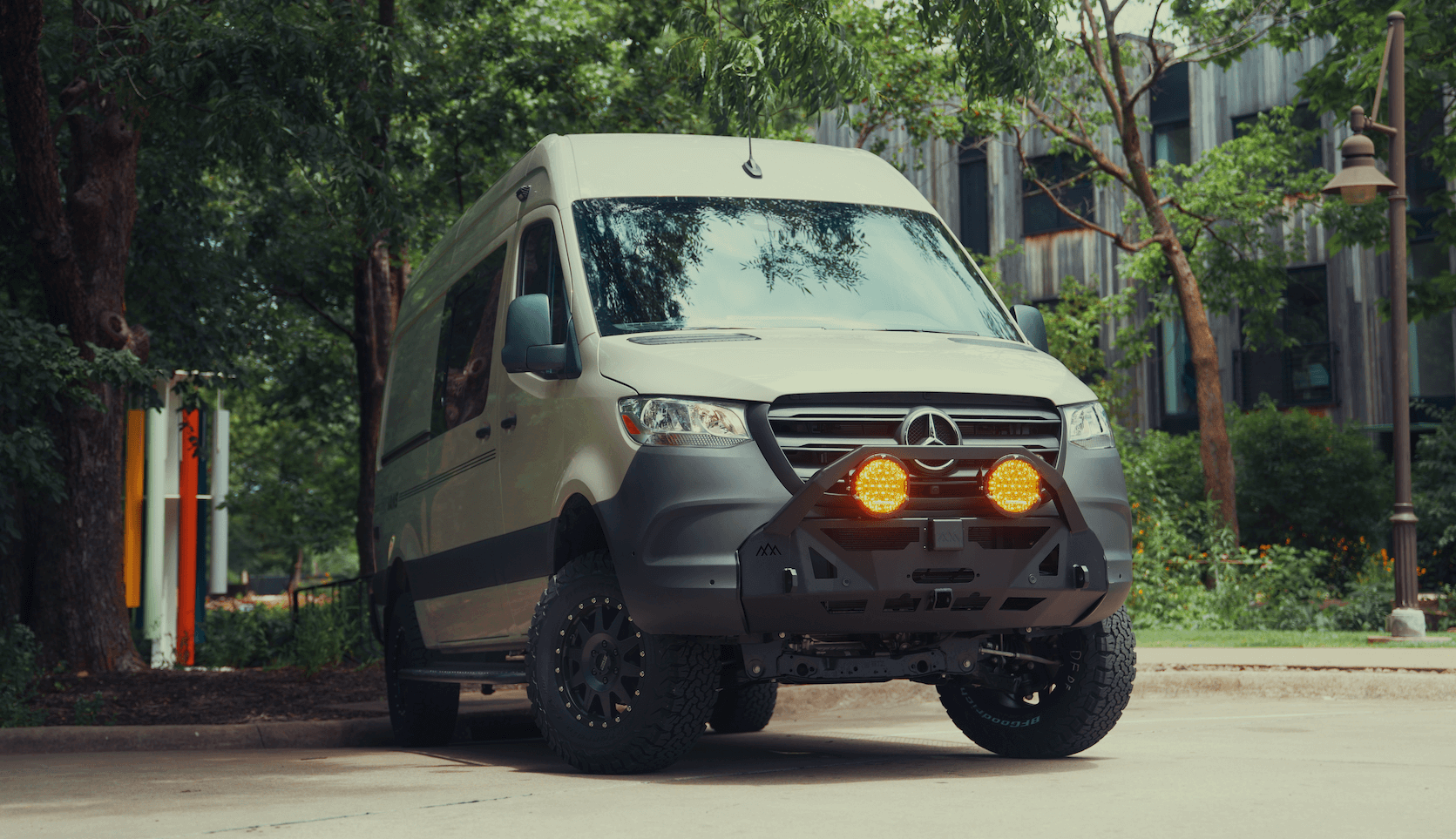Recreational Vans

A cell signal booster is a receive and rebroadcast system. The external antenna collects nearby cellular energy, even when it is faint. An amplifier conditions and increases that signal, then an interior antenna redistributes it to phones, tablets, and hotspots inside a confined space.
Most mobile boosters are multi band. They typically handle common carrier bands for voice and LTE or 5G on low and mid spectrum. The amplifier cannot create signal from nothing, so the exterior antenna must still pick up some measurable strength. In fringe areas, a few decibels of improvement can convert a stalled page into usable email and maps.
Core components include an outside antenna, inside antenna, amplifier, power harness, and coax cables with low loss connectors. Magnetic roof antennas are quick to deploy on steel surfaces. Permanent mounts give more consistent performance and less cable strain. Power draw is modest, but stable wiring prevents noise and intermittent shutdowns.
The outside antenna should have a clear, grounded metal plane around it to improve performance. The amplifier must match regional carrier rules and power limits. The interior antenna should be aimed toward the primary device location without being too close to the exterior unit to avoid oscillation.
On a van roof, mount forward of roof racks and away from solar panels to reduce shadowing. For a truck, a cowl or stake mount can reduce tree snags while still accessing clean sky. In a trailer, place the exterior antenna high and the interior antenna near the workspace.
Use carrier approved, FCC compliant hardware. Do not increase gain beyond specification or modify antenna elements. Keep antennas separated per the manual to avoid feedback. Secure cables away from airbag paths and pinch points.
Start with a site survey of the vehicle. Identify cable routes that are dry, protected, and serviceable. Plan entry points with grommets and drip loops. If you have roof accessories, visualize how airflow and turbulent zones may affect antenna performance during highway speeds.
Ground planes matter for many mobile antennas. A continuous metal surface improves pattern and gain. On composite roofs, add a metal ground plate under the antenna to mimic a roof. If you use a ladder mount or rack bar, verify that it is electrically bonded to the chassis if the antenna design requires a ground.
Cable choice influences real world results. Shorter runs with low loss coax protect weak signals. Avoid tight bends, kinks, and unsealed connectors. Label both ends, and keep spares accessible. Power the amplifier from a fused, clean source. Stable voltage helps maintain output without introducing noise into audio or data systems.
Run amplifier power on a dedicated circuit with the correct fuse size. Keep power and RF cables separated where possible. If you hear alternator whine or see data dropouts, confirm grounds and check for loose connectors.
Cargo vans often allow roof drops behind trim channels. Passenger vans may require trim removal and careful reassembly. Trucks benefit from firewall pass throughs with proper grommets and sealant.
Aim the interior antenna toward the devices you use most. In a two person cabin, a small panel antenna near the dinette or desk keeps hotspots stable. Maintain the separation distance specified by the manufacturer.
Start with a baseline. Before the booster is powered, record signal metrics such as RSRP, RSRQ, and SINR using a phone field test mode or a hotspot admin page. After activation, compare the same metrics and speed tests at consistent times and locations. Expect the biggest gains at the edge of coverage and modest improvements in strong urban areas.
If performance seems inconsistent, check for oscillation warnings. The system may reduce power if the interior and exterior antennas are too close or poorly isolated. Reposition antennas, increase separation, or add shielding structures. Inspect cables for moisture, corrosion, or loose termination, which quickly erode weak signals.
Remember that a booster does not change tower load or network congestion. When a holiday weekend crowds a valley, the booster can help your device hear and be heard, but it cannot summon more backhaul. Pair the booster with smart usage habits like off peak uploads and cached maps. Keep expectations grounded in physics and local tower conditions.
Test in several directions from camp. Trees, canyon walls, and buildings shape radio paths. A simple five minute walk can reveal a better spot for the vehicle or exterior antenna.
Leafy canopies absorb and scatter higher frequencies. In winter, coverage often extends deeper into forests. Rain and snow can slightly attenuate signals, which can compound at the edge of service.
If there is no detectable service from any carrier, a booster cannot help. In those locations, satellite messaging or internet solutions are the only path to connectivity.
If your travel plans rely on maps, email, and cloud tools, a well installed booster becomes quiet insurance for the road. OZK Customs integrates communication gear during complete builds and partial upfits, routing cables cleanly, mounting antennas for best pattern, and tying power into tidy, labeled panels. Pair this with smart layouts and you get a cabin where work calls, bike routes, and camp research stay online more often.
Explore our Recreational vans. See how we tailor Custom van builds. Browse finance friendly Mainstream vans to start your platform.
Tell us how you travel and what you need to keep connected. We will design the antenna plan, cable routes, and power integration around your rig and your routes, then install it with serviceability in mind. Submit your build details and we will map a clean, reliable connectivity solution.
Ready to add reliable connectivity to your rig? Our team designs and installs clean, serviceable cell signal booster systems inside complete builds or partial upfits. Tell us how you travel, and we will engineer the antenna routing, cabling, power, and mounting to keep you connected when coverage thins. Start your build consult now.
ADDRESS:
6159 E Huntsville Rd, Fayetteville, AR 72701
PHONE:
(479) 326-9200
EMAIL:
info@ozkvans.com